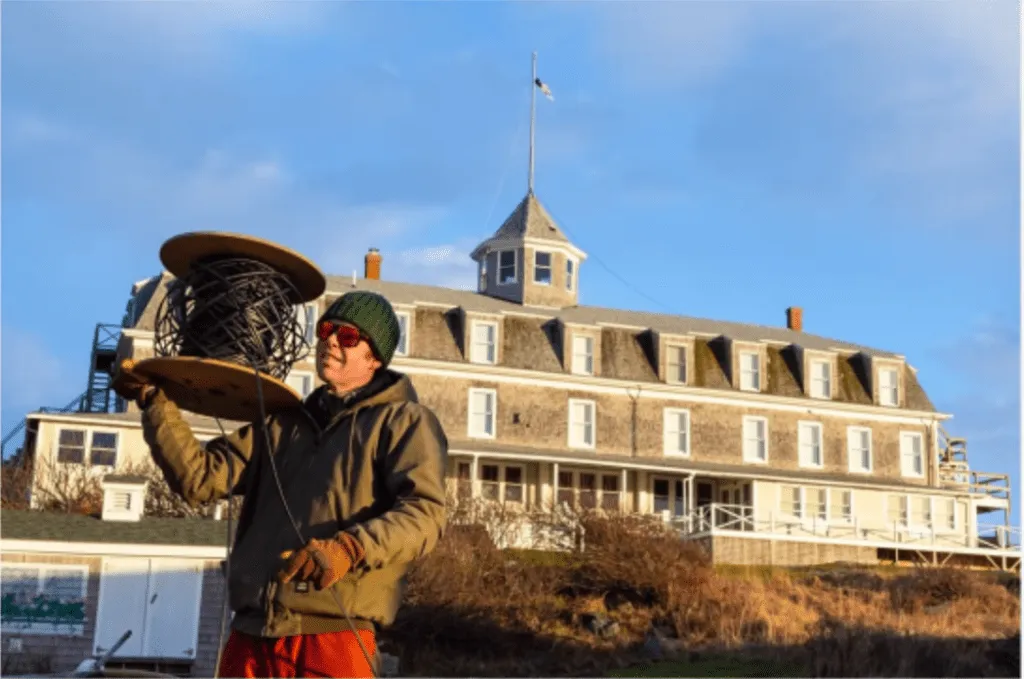Broadband Infrastructure Program From 2021 Offers Early Signs of NTIA Public-Private Success
The $288 million program was a component of the 2021 Coronavirus Response and Consolidated Appropriations Act.
Jericho Casper

WASHINGTON, January 19, 2024 – Between 30 and 94 percent of residents will be pre-subscribing to broadband internet expansion projects funded through the Broadband Infrastructure Program, state broadband leaders said during a National Telecommunicationd and Information Administration event on Wednesday.
A component of the Coronavirus Response and Consolidated Appropriations Act (2021), BIP is a $288 million initiative aimed at fostering partnerships formed between states, local jurisdictions, and internet service providers to expand broadband service in areas which lack internet speeds of 25 Megabits per second (Mbps) download * 3 Mbps upload.
As the first federal broadband program to exclusively fund public-private partnerships, BIP garnered applications totaling $2.8 billion. In March 2022, grants were disbursed to 13 states and one territory, Guam. The fourteen grant recipients undertook a total of 64 projects, with 42 currently in the construction phase.
Maine funded island projects
In Maine, BIP funded seven public-private partnerships leading to 14,000 home broadband connections in the towns of Somerville, Washington, and Isle au Haut. The grants established municipally-owned networks in the three municipalities, who serve as partners under the grant.
An island in the Gulf of Maine supporting a population of 92, Isle au Haut, saw 94 percent of its population pre-register to subscribe for the broadband network the island partnered with Axiom to build. In preparation to build, the island battled specific challenges including seasonality, and had to adapt its infrastructure to increase climate resilience, shifting from tower to subsea cable backhaul.
In the town of Washington, Maine, community engagement efforts saw the town’s projected take rate jump from 3 percent to over 40 percent. The town hosted a broadband festival, in collaboration with Axiom and the Maine Connectivity Authority, complete with end-user preparation activities to break down barriers to accessing fiber, a potluck-style lunch, and a bounce house.
“It reinforced that community partnerships are key and a real cornerstone of broadband expansion,” Kendra Jo Grindle, senior manager of community and regional partnerships at the Maine Connectivity Authority, said during the NTIA virtual event.
As the state’s projects progress, Grindle affirmed that much credit is due to the extensive community work and engagement that brought them to this point, saying she observes a continuous rise in adoption rates as connections are established—neighbors engaging in conversations, and communities uniting to explore how to effectively leverage this infrastructure.
Missouri and Mississippi officials weigh in
BJ Tanksley, director of the office of broadband development for Missouri, reported the state broadband office is anticipating similarly-high figures of 40 to 50 percent take rates in the service areas for 16 projects funded through $42.2 million for Missouri from the NTIA program. Regarding the reason, Tanksley said these projects are “in broadband hungry areas” where people are desperate for service.
Mississippi’s state broadband authority learned the importance of forming community connections in building to the country’s most remote locations, when embarking on a BIP-funded project in the northwestern corner of the state, which hosts the largest Native American burial grounds of any county in the state, noted Kyle Brown, deputy director of broadband expansion and accessibility for Mississippi, during the event.
In Coahoma County, Mississippi, a mix of technologies will be deployed in an effort to not disturb the important archaeological site. The state received $32 million through BIP to fund broadband expansion projects to 12,487 unserved households across ten counties.
In total, the program has seen 32,900 households passed, 700 households served, and 1,179 miles of fiber-optic infrastructure laid, as displayed by the NTIA’s award recipient map.
The experiences of these communities underscore the importance of community engagement, the leaders said.








